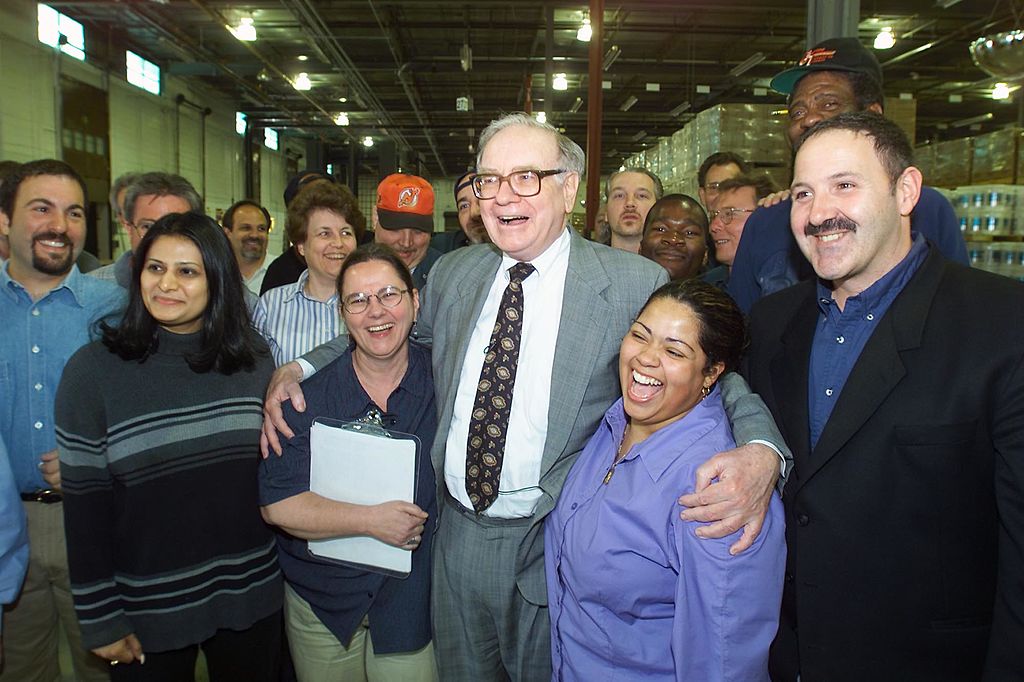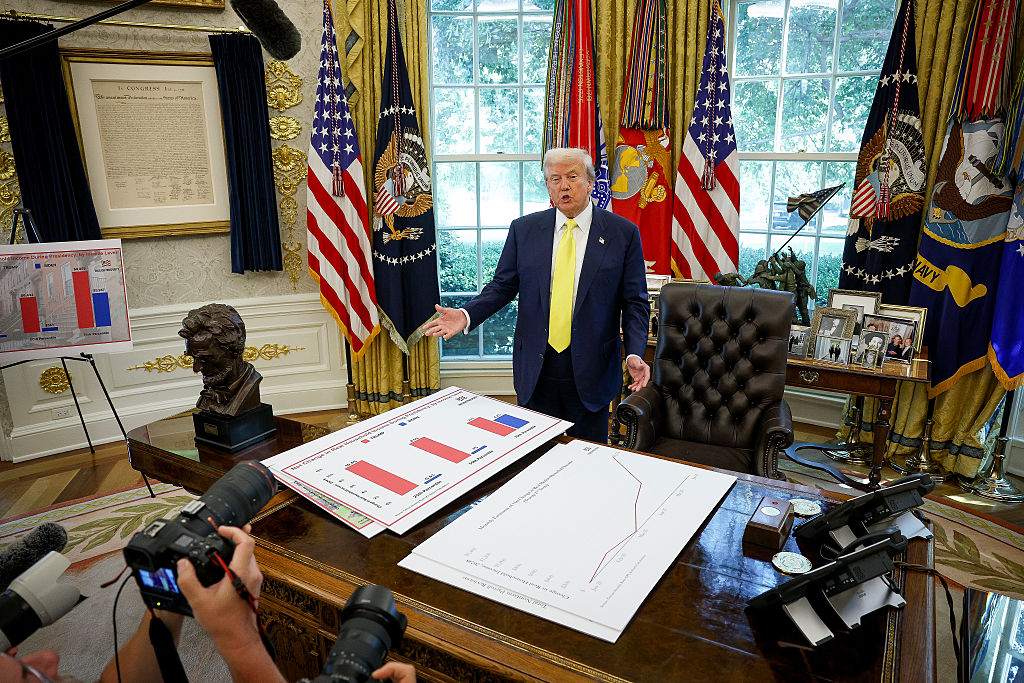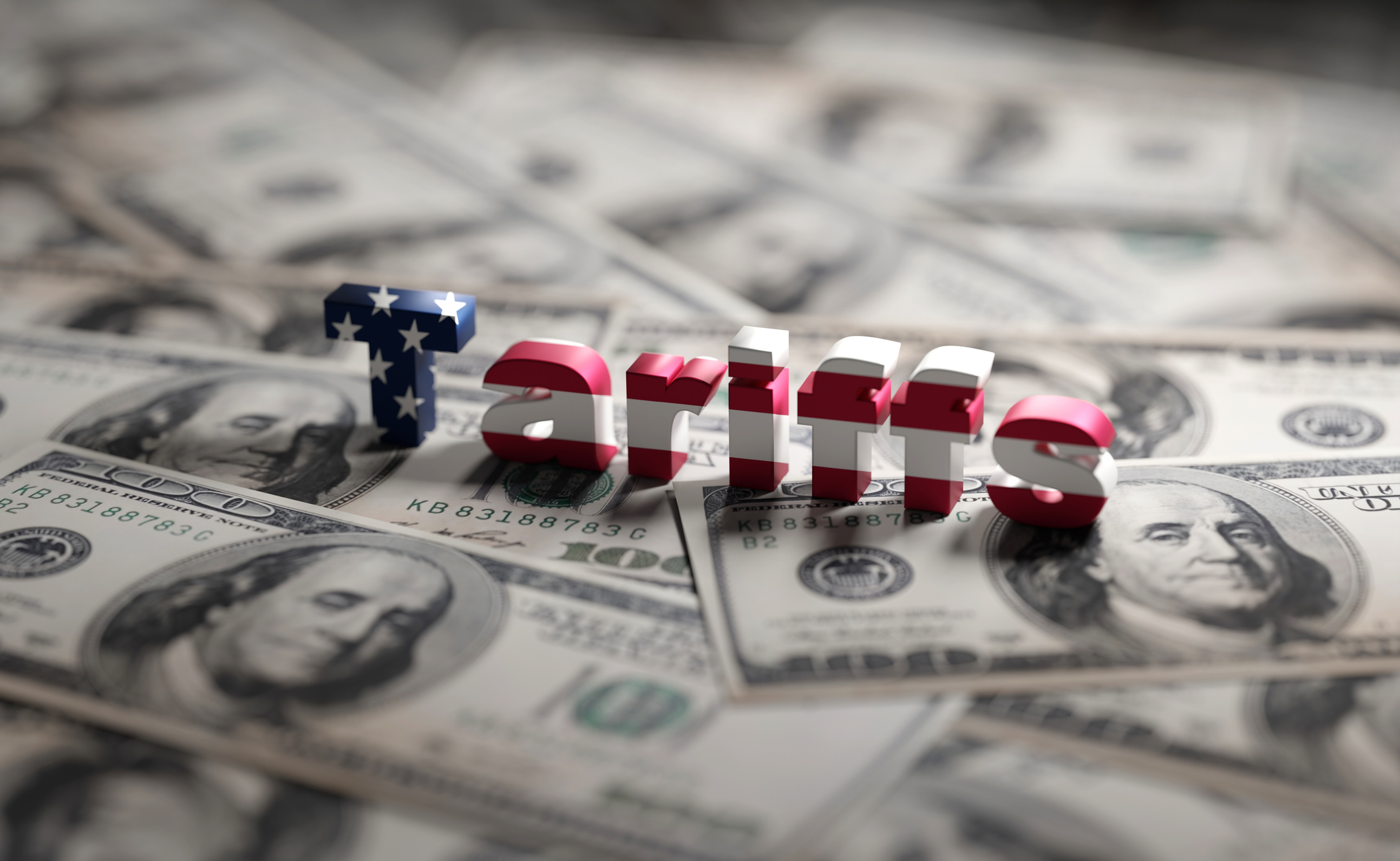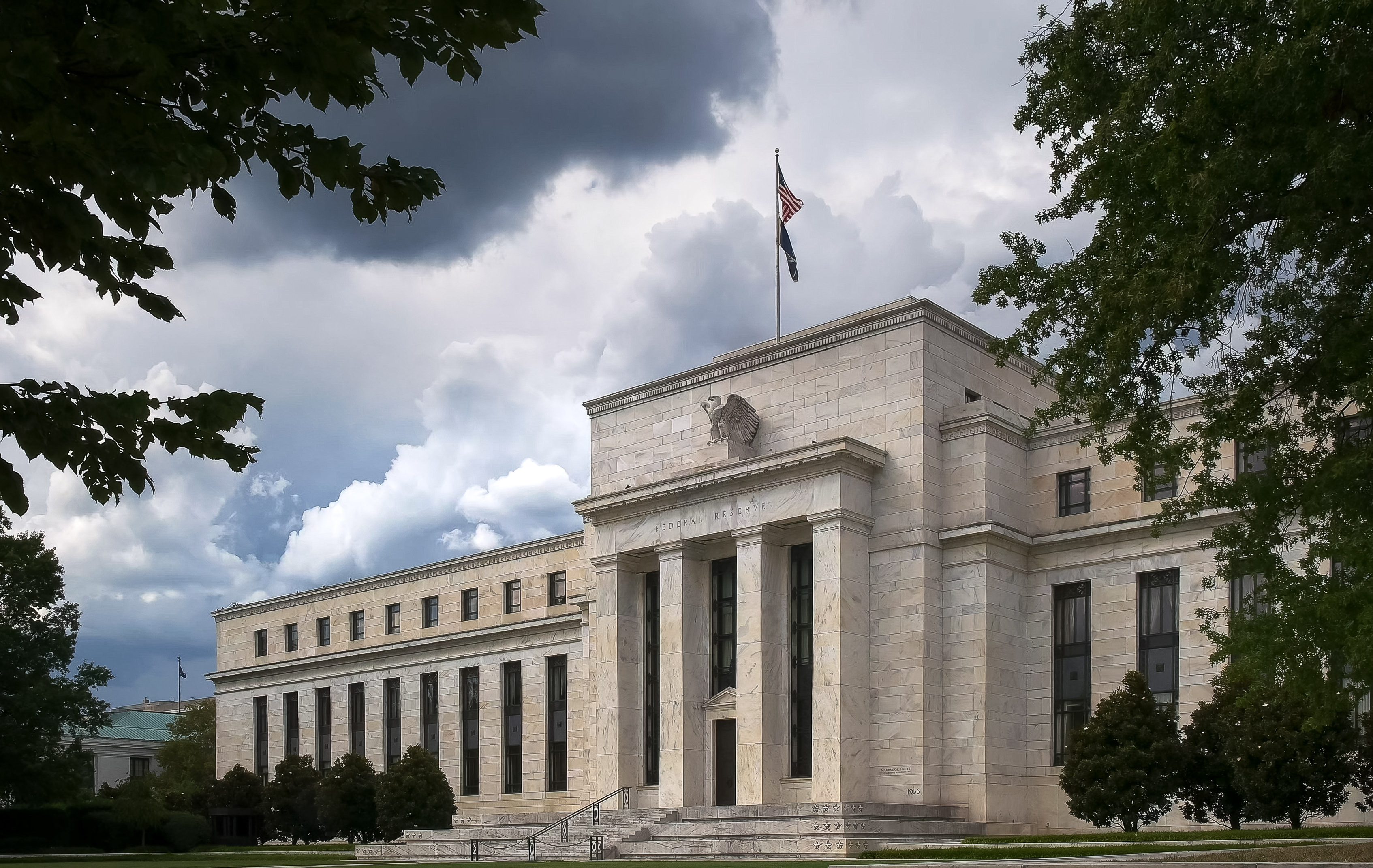What Sort of Investment Returns Are Realistic?
Here’s what experts see ahead—and way ahead—for the performance of stocks and bonds.


Financial markets have been good to investors for the past decade. But today, the consensus of expert opinion is to expect returns that are lower than we’ve been used to, over the next several years. Of course, such forecasts can be way off the mark. But you need to assume some future return in order to estimate whether your investment mix will support the future life you want within the time frame you’ve allotted.
Long-term forecasts don’t necessarily have a long shelf life. They’re revised regularly as market conditions change, producing ripples of change in future returns. And you should beware of making apples-to-apples comparisons using forecasts from different sources, as the market proxies and assumptions that firms use to make forecasts often vary. With those caveats in mind, here’s a sampling of what experts expect from financial markets over the coming half-decade and beyond.
Next five years. The soothsayers on the Capital Market Assumptions team at Northern Trust Asset Management expect moderate U.S. economic growth of 2.1%, on average, over the next five years, while interest rates remain low and inflationary forces are checked by productivity-boosting technology and automation. They expect stocks to deliver mid-single-digit returns. A mix of elevated valuations, modest global growth, lower profit margins and a growing focus on corporate stakeholders who are not shareholders (think employees, communities and even the environment) will subdue returns, according to the bank. The forecast calls for U.S. stocks to return 4.7% annualized, including dividends. You might get 5.4% annualized in European shares and the same from emerging-markets stocks, says Northern Trust.
From just $107.88 $24.99 for Kiplinger Personal Finance
Be a smarter, better informed investor.

Sign up for Kiplinger’s Free Newsletters
Profit and prosper with the best of expert advice on investing, taxes, retirement, personal finance and more - straight to your e-mail.
Profit and prosper with the best of expert advice - straight to your e-mail.
A big risk to the forecast is a resurgence in inflation, says chief investment strategist Jim McDonald. “That could upset the low-rate environment underpinning the stock market,” he says. For now, he sees an annual inflation rate of 2% over the next five years.
Fixed-income returns overall will barely beat inflation, with investment-grade bonds in the U.S. likely to deliver an annualized return of 2.3% over the next five years, according to Northern Trust. U.S. investment-grade bonds returned 4.3% over the past five years, so going forward, “you’re losing half the return out of a bond portfolio,” says McDonald. Ten-year Treasuries will pay an annual interest rate of 1% over the period, with short-term rates at zero or below. Investors who can tolerate the risk might earn an annualized 5.5% return in U.S. high-yield bonds, according to Northern Trust.
Next seven years. Return forecasts from investment management firm GMO have perennially been among the most bearish. The seven-year forecasts predict what markets will deliver if they wind up trading at historical valuations over the coming time frame. Today, “the risk-reward trade-off in the U.S. looks unattractive for stocks and bonds,” says John Thorndike, a member of GMO’s asset-allocation team.
GMO’s forecasts are adjusted for inflation. But adding in the firm’s prediction of a 2.2% U.S. inflation rate approximates the so-called nominal returns that most other firms publish. GMO’s expected nominal return for U.S. large-company stocks is negative 4.3% annualized over the seven-year period, and minus 2.3% for small-cap stocks. Your best bet, according to GMO? Emerging-markets stocks, with expected returns in the high-single-digit percentages. “Often, investors have too much home bias,” says Thorndike. “The need to diversify is especially true now.” GMO sees flat returns for emerging-markets bonds, beating a negative 1.1% annualized return for the broad U.S. bond market.
GMO’s gloom is a counterweight to the burgeoning euphoria the firm detects in the U.S. market today. “One thing that feels different now than it has for perhaps 20 years is the amount of enthusiasm,” says Thorndike. A surge in short-dated options trading by individual investors, increased trading in shares of bankrupt companies, and the rise of financial “personalities” on social media recall the stock market bubble of the late 1990s and early 2000s, Thorndike says.
Next 10 years. Once you start looking 10 years out, the view improves, especially for stocks, say strategists at BofA Securities. Ten-year returns for the S&P 500 index have been negative just 6% of the time, going back to 1929. Compare that, for example, with commodities, which have suffered 10-year losses 30% of the time.
BofA is neutral-to-negative on stocks over the short term. But even figuring in today’s elevated valuations, the firm’s expectations for corporate earnings growth suggest an annualized price gain of 3% to 4% for the S&P 500 index over the next decade. Adding in two percentage points of dividend yield gives you a 5% to 6% annualized total return over the period, says BofA.
Strategists at Goldman Sachs are on roughly the same page. Their baseline forecast calls for the S&P 500 to return 6% annualized through 2030, including dividends. But the range of plausible returns is wide. A more-optimistic set of assumptions from Goldman Sachs indicates a prospective annualized return of 11% for the S&P 500; more-pessimistic inputs produce a 2% annualized return scenario. “Our analysis implies an investor has a 90% probability of generating a superior return from stocks compared with holding a 10-year U.S Treasury note through its maturity in 2030,” say the analysts.
BofA recommends high-quality stocks with strong balance sheets and consistent earnings, especially if the rising tide of low interest rates, easy money and federal stimulus starts to ebb. “After a 20-plus-year period of risky investments having been buoyed by monetary and fiscal policy, we could see a protracted period in which high-quality stocks trade at a premium,” say BofA analysts.
Next 30 years. Jean Boivin, head of the BlackRock Investment Institute, admits it’s “pretty heroic” to estimate market returns so far in advance, and says the exercise comes with “a great amount of uncertainty and a huge amount of humility.” Nonetheless, investors with a long view need an anchor—a starting point from which they adjust their portfolio over time, he says.
BlackRock sees large-company stocks returning an annualized 7.2% over the next three decades. But given the uncertainties of such a long-range forecast, returns as high as 10.5% and as low as 4.0% fall within a reasonable band of probability. “We’re looking at a chunk of time ahead” during which economic growth will face pressure from aging demographics, subdued productivity and “the elephant in the room—significant debt accumulated globally,” says Boivin. “It makes sense to expect less from U.S. large-cap stocks.”
U.S. small-cap stocks should edge their bigger brethren, with an expected annualized return of 7.5% through 2050. The top-performing stock groups: Chinese shares (10% annualized return), followed by large-cap emerging-markets stocks (8.9%) and European large caps (7.6%). The U.S. bond market in aggregate could deliver 2.5%, according to the 30-year forecast.
Profit and prosper with the best of Kiplinger's advice on investing, taxes, retirement, personal finance and much more. Delivered daily. Enter your email in the box and click Sign Me Up.

Anne Kates Smith brings Wall Street to Main Street, with decades of experience covering investments and personal finance for real people trying to navigate fast-changing markets, preserve financial security or plan for the future. She oversees the magazine's investing coverage, authors Kiplinger’s biannual stock-market outlooks and writes the "Your Mind and Your Money" column, a take on behavioral finance and how investors can get out of their own way. Smith began her journalism career as a writer and columnist for USA Today. Prior to joining Kiplinger, she was a senior editor at U.S. News & World Report and a contributing columnist for TheStreet. Smith is a graduate of St. John's College in Annapolis, Md., the third-oldest college in America.
-
 Four Spa Retreats for Well-Heeled Retirees
Four Spa Retreats for Well-Heeled RetireesWe hand-picked these U.S. spa retreats for their serenity, amenities and dedication to the comfort of older travelers. All are located in the Continental U.S.
-
 Four Military Benefits That Have Helped My Family
Four Military Benefits That Have Helped My FamilyMilitary life can be challenging for servicemembers and their families, but they're offered some significant financial benefits to help cushion the blow.
-
 What the Rich Know About Investing That You Don't
What the Rich Know About Investing That You Don'tPeople like Warren Buffett become people like Warren Buffett by following basic rules and being disciplined. Here's how to accumulate real wealth.
-
 How to Invest for Rising Data Integrity Risk
How to Invest for Rising Data Integrity RiskAmid a broad assault on venerable institutions, President Trump has targeted agencies responsible for data critical to markets. How should investors respond?
-
 The Most Tax-Friendly States for Investing in 2025 (Hint: There Are Two)
The Most Tax-Friendly States for Investing in 2025 (Hint: There Are Two)State Taxes Living in one of these places could lower your 2025 investment taxes — especially if you invest in real estate.
-
 The Final Countdown for Retirees with Investment Income
The Final Countdown for Retirees with Investment IncomeRetirement Tax Don’t assume Social Security withholding is enough. Some retirement income may require a quarterly estimated tax payment by the September 15 deadline.
-
 What Tariffs Mean for Your Sector Exposure
What Tariffs Mean for Your Sector ExposureNew, higher and changing tariffs will ripple through the economy and into share prices for many quarters to come.
-
 How to Invest for Fall Rate Cuts by the Fed
How to Invest for Fall Rate Cuts by the FedThe probability the Fed cuts interest rates by 25 basis points in October is now greater than 90%.
-
 Are Buffett and Berkshire About to Bail on Kraft Heinz Stock?
Are Buffett and Berkshire About to Bail on Kraft Heinz Stock?Warren Buffett and Berkshire Hathaway own a lot of Kraft Heinz stock, so what happens when they decide to sell KHC?
-
 How the Stock Market Performed in the First 6 Months of Trump's Second Term
How the Stock Market Performed in the First 6 Months of Trump's Second TermSix months after President Donald Trump's inauguration, take a look at how the stock market has performed.